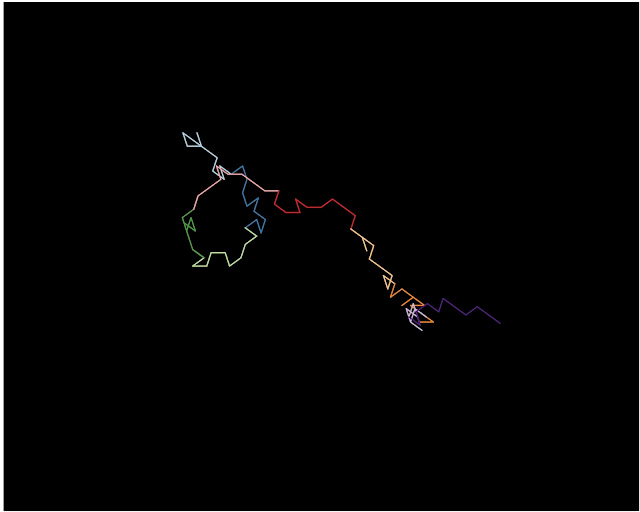I made the graph dropping the last digit from each prime. The walk looks different but not that different. similar to some of the other walks I calculated
I made a barchart of the counts of digits in prime numbers up to 10138889.
The same graph not including the final digit also shows this truncated view is not normal either. A graph of the truncated counts on all numbers up to 10158737 is 60 million digits
This really does look normal. So it looks like Prime numbers except the least significant digit might be normal but making a walk with them still shows them moving from the origin at too quick a rate to be really a random walk in the digits.
I made a heatmap of which numbers follow each other in the primes up to ten million digits.
and the primes except the last digit
Code is here


























